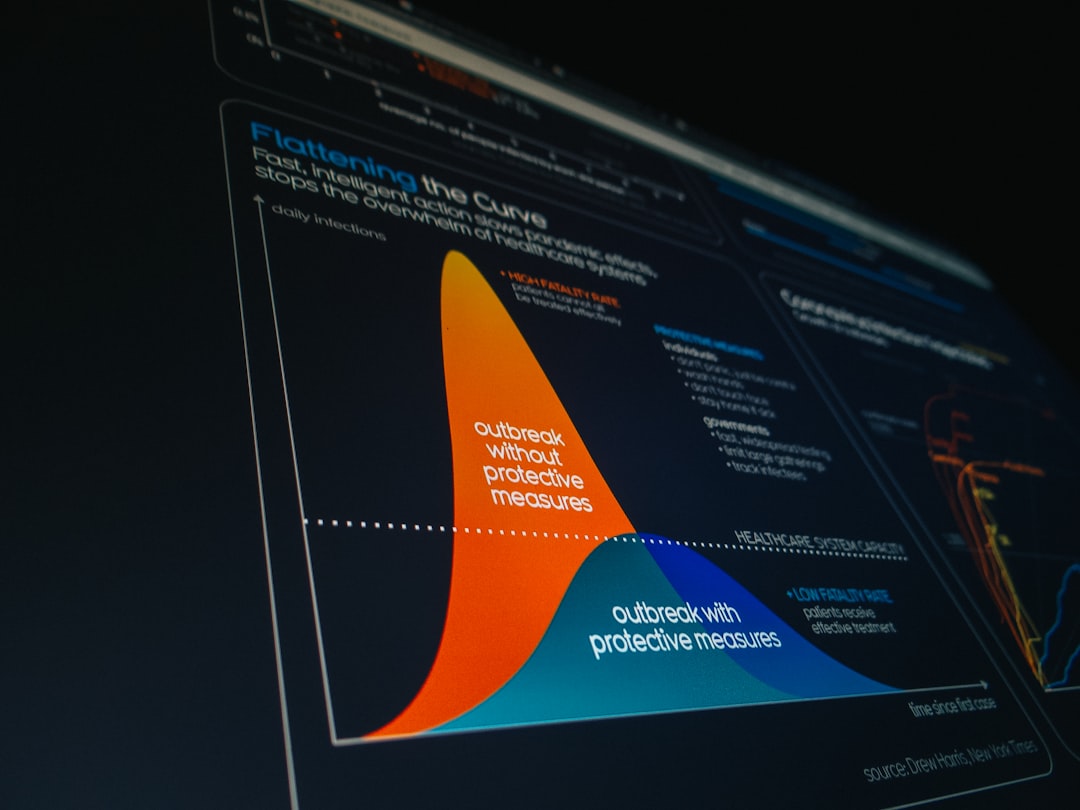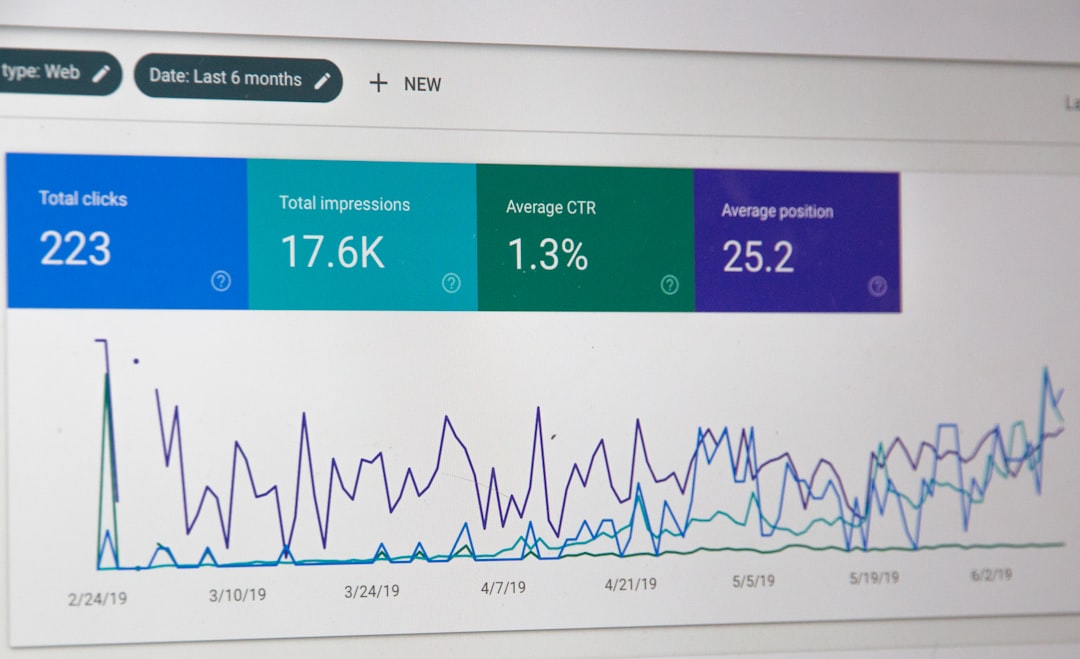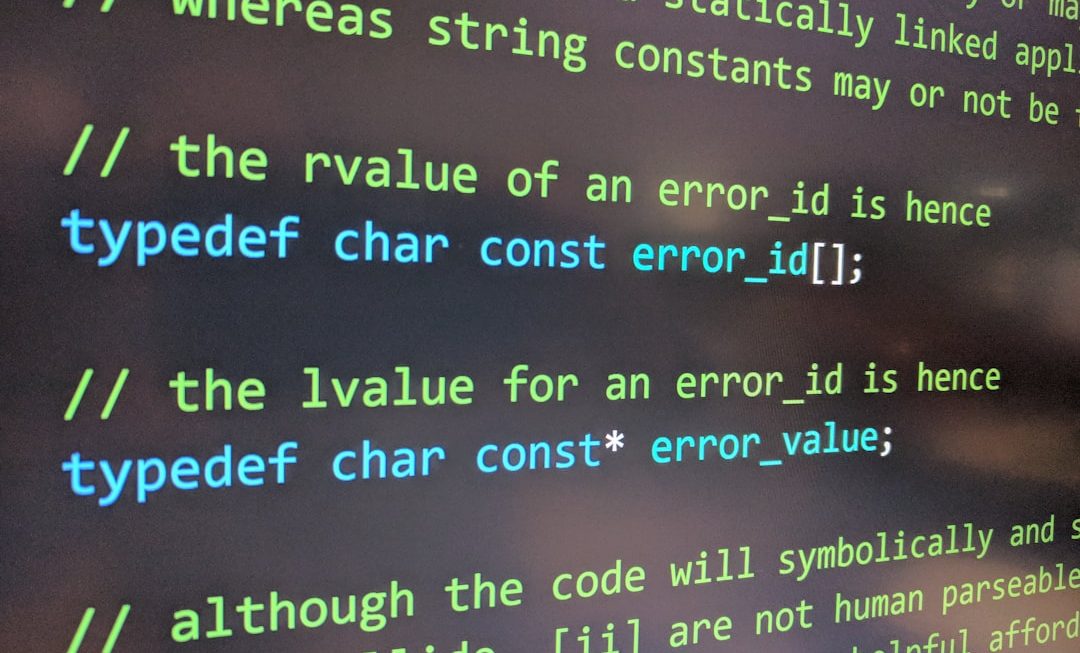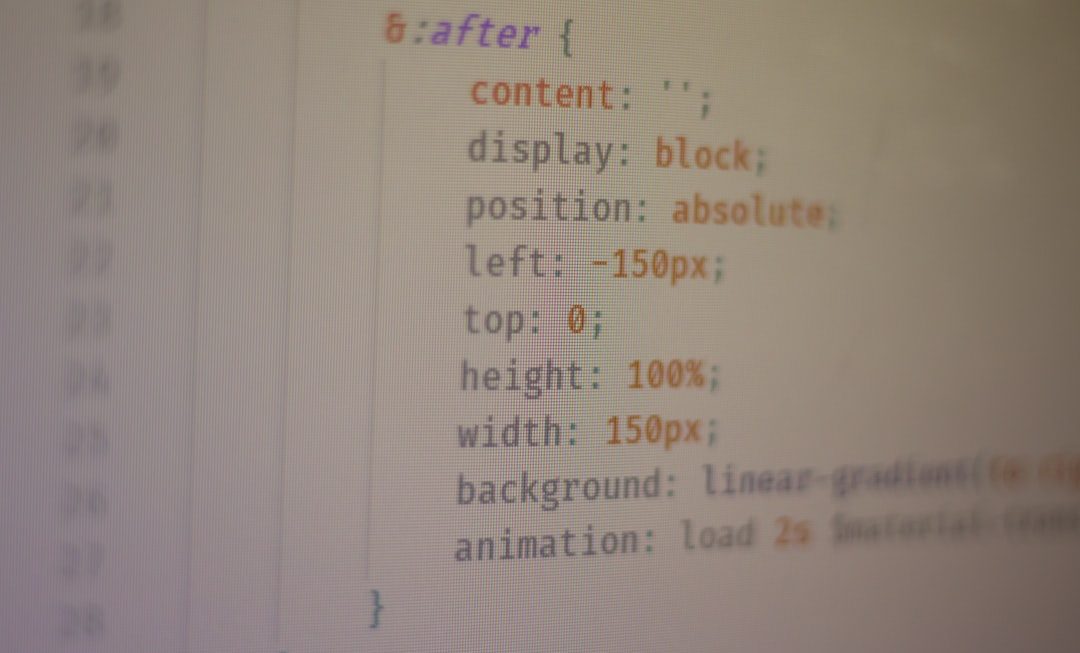Improving website performance is no longer just a technical feat—it’s a core business strategy. With Google’s Core Web Vitals (CWV) influencing search rankings and user satisfaction, companies are turning to specialized experts to optimize their digital experiences. Hiring CWV experts, however, isn’t only about technical knowledge; it involves careful planning, clear contracting, structured sprints, and performance-based agreements.
Understanding the Need for CWV Expertise
Core Web Vitals measure real-world user experience focusing on loading speed, interactivity, and visual stability. Metrics like Largest Contentful Paint (LCP), First Input Delay (FID), and Cumulative Layout Shift (CLS) are now essential benchmarks. Optimizing these requires not just frontend developers but seasoned performance engineers who deeply understand browsers, servers, caching strategies, and modern frameworks.
Hiring these experts is a meaningful investment—organizations must be strategic not only about technical goals but also about how those goals are agreed upon, measured, and delivered within structured scopes of work.

Drafting CWV Expert Contracts
Contracts for CWV expertise differ from standard development agreements. They should be clear about the scope, timelines, performance expectations, and roles. Some important inclusions are:
- Scope Definition: Clarify whether the expert is responsible for audits, implementation, or ongoing performance monitoring.
- Deliverables: Detailed deliverables such as audit reports, optimization plans, code implementations, or performance dashboards.
- Access Requirements: Define what access the CWV expert needs—repository access, CMS, CDN configuration, analytics accounts, etc.
- Milestones: Break down the agreement into milestones tied to measurable outcomes (e.g., reducing LCP to under 2.5s).
It’s also recommended to define the stack involved, especially for websites using modern frontend frameworks like React, Vue, or Next.js. Different frameworks may need different optimization approaches, and this can impact the timelines and pricing structure.
Service Level Agreements (SLAs) for CWV Optimization
SLAs ensure that expectations are documented and enforceable. Since CWV improvements can have direct SEO and revenue implications, having a performance-focused SLA provides mutual accountability.
Here are key SLA elements to consider for CWV consultancy work:
- Baseline Metrics and Goals: Establish current CWV scores and agreed-upon targets (for example, LCP moving from 3.8s to under 2.5s over static and dynamic content).
- Timeframes: SLAs should define deadlines for each phase—audit, development, test, deployment, and monitoring.
- Availability: Specify communication windows, response times, and update cycles.
- Performance Guarantees: While not always feasible, performance-based clauses can be added—like milestone payments tied to verified improvements in CWV metrics.
SLAs help protect both the hiring organization and the specialist, especially when dealing with third-party CWV consultants or agencies. It’s also an effective way to align business goals with technical outcomes.
Working in Sprints Toward CWV Improvements
Sprints are a valuable structure for incremental CWV optimization, especially in agile environments. Instead of attempting a complete overhaul all at once, teams can iterate improvements through planned two-week to four-week development windows.
Typical CWV improvement sprints can include:
- Sprint 1 – Benchmarking and Audit: Collect real-world data from Search Console, PageSpeed Insights, Lighthouse, and WebPageTest.
- Sprint 2 – Prioritized Fixes: Address high-impact issues like render-blocking scripts, slow server response times, and unoptimized imagery.
- Sprint 3 – Advanced Optimizations: Techniques such as code-splitting, lazy loading, and Critical CSS implementation.
- Sprint 4 – Testing & Monitoring: Validate improvements, check CWV impacts using field data, and implement ongoing monitoring strategies.
Each sprint should start with a kickoff and end with a retrospective, ensuring that stakeholders remain aligned and the performance trends are continually measured. This approach provides visibility, incremental wins, and early insights into business-level impacts of CWV improvements.

Red Flags to Watch When Hiring CWV Experts
Not all vendors claiming CWV expertise can deliver optimal results. Here are warning signs that may indicate trouble ahead:
- Overpromising timelines: Genuine optimization takes effort. Claims of overnight results are often red flags.
- No clear measurement plan: If the expert doesn’t reference tools like Core Web Vitals from Chrome UX Report, it’s a sign they may not be data-driven.
- One-size-fits-all approach: Each site is different. A templated plan with little customization won’t yield high impact.
- Ignoring technical debt: Failing to assess older legacy code or CMS structures can cripple CWV progress.
Instead, look for professionals who provide detailed audits, educate stakeholders, and prioritize transparency through reports and working sessions. A seasoned CWV expert will be realistic about limitations while proposing effective trade-offs based on business goals.
The Business Case: ROI from CWV Investment
Beyond ranking benefits, optimized CWV can lead to measurable increases in:
- Conversion rates: Faster pages reduce friction, which directly translates to better eCommerce or lead-generation performance.
- Reduced bounce rates: Especially on mobile, quicker pages retain more users and reduce ad campaign waste.
- Customer satisfaction: Better usability leads to stronger retention and brand affinity.
Studies show that even a 0.1 second improvement in load time can significantly boost conversions. When CWV improvements are tied into revenue goals, it becomes easier to justify hiring premium performance specialists.
FAQ: Hiring CWV Expertise
- Q: Should we hire a freelancer or an agency for CWV work?
A: It depends on your existing team and scope. Agencies are ideal for large-scale site overhauls while freelancers may suit targeted fixes or one-off audits. - Q: How soon can we see improvements in CWV metrics?
A: Minor changes can reflect in a few days, but Search Console field data updates typically take about 28 days to fully reflect. - Q: Can CWV improvements break existing site functionality?
A: Yes, if changes are rolled out haphazardly. Using staging environments and rigorous testing minimizes risks. - Q: Are CWV improvements a one-time project?
A: No. Optimizing for CWV should be an ongoing effort as websites evolve and user expectations increase. - Q: What are the best tools for monitoring CWV?
A: Lighthouse, WebPageTest, Chrome UX Report, PageSpeed Insights, and Real User Monitoring (RUM) tools like SpeedCurve or New Relic.
Ultimately, hiring CWV expertise is about balancing performance, user experience, and business strategy. With the right contracts, SLAs, and sprint frameworks, companies can make measurable progress—and set the foundation for long-term success in the digital space.




